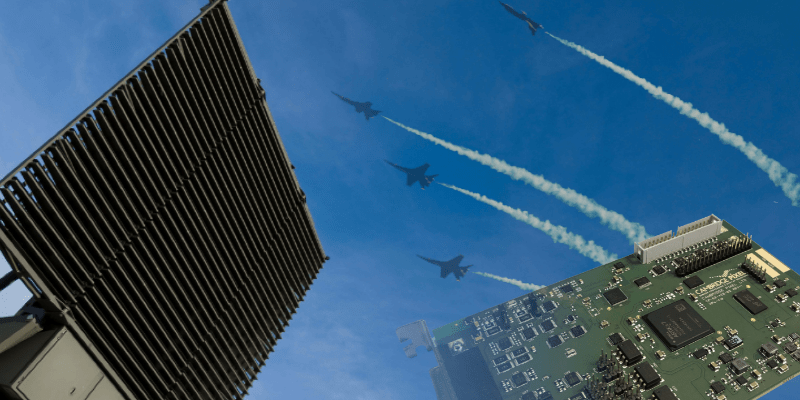New HPx-310 Radar Output Card from Cambridge Pixel for Powerful Frontend Testing Ahead of Deployment
HPx-310 allows integrators to perform substantial testing of radar tracking or display applications ahead of final deployment and sign-off.
Cambridge Pixel has launched a new HPx-310 radar output card designed to help developers perform end-to-end testing of their systems in the laboratory ahead of deployment with a radar.
The HPx-310 replaces the HPx-300 card, providing a solution to the generation of radar signals for system testing, simulation, or interface network radar with legacy equipment expecting analog radar signals. The HPx-310 retains compatibility with the HPx-300 card providing a x1 PCIe interface for the transfer of radar video and conversion into video, trigger, and azimuth signals.
The card can be used in conjunction with Cambridge Pixel’s Windows-based SPx Radar Simulator software allowing complex scenarios of moving targets to be defined and then converted into radar signals for direct input to radar processing or display equipment. Where there is a need to interface network streams of radar into legacy radar signals, the HPx-310 hardware is a key component of the solution. For example, ASTERIX CAT-240 video can be input to the HPx-310 card for output as radar signals. Long-distance distribution of radar signals can also be achieved with an HPx-410 radar input card, network streaming module, and HPx-310 to convert back to radar signals.
The HPx-310 card is highly configurable in terms of radar signals, with options for single-ended, differential, and configurable voltages up to 30V. The card is available with a board support library for Windows or Linux and is supported by Cambridge Pixel SPx product family.
Commenting on the release, David Johnson, Cambridge Pixel’s Managing Director said: “The HPx-310 has been developed to help users test their new tracking or display systems with live data in a laboratory environment before deployment with a radar. The HPx-310 generates a wide range of signal types, allowing for rigorous testing to take place at the front end of the chain, and taking away the risk of any last-minute bugs or data flow issues.”
Cambridge Pixel’s new HPx-310 card is part of a family of radar acquisition and processing components that provide systems integrators with a powerful toolkit to build server and client display systems. The company’s highly-acclaimed SPx suite of software libraries and applications provides developers with flexible, ready-to-run technology modules for radar visualization, radar video distribution, radar simulation, plot extraction, and target tracking. Cambridge Pixel’s solutions are used by the world’s air forces and navies, as well as a multitude of companies such as Toshiba, Blighter Surveillance Systems, Tellumat, Indra, Airbus, Raytheon, L3 Harris, and many others.

